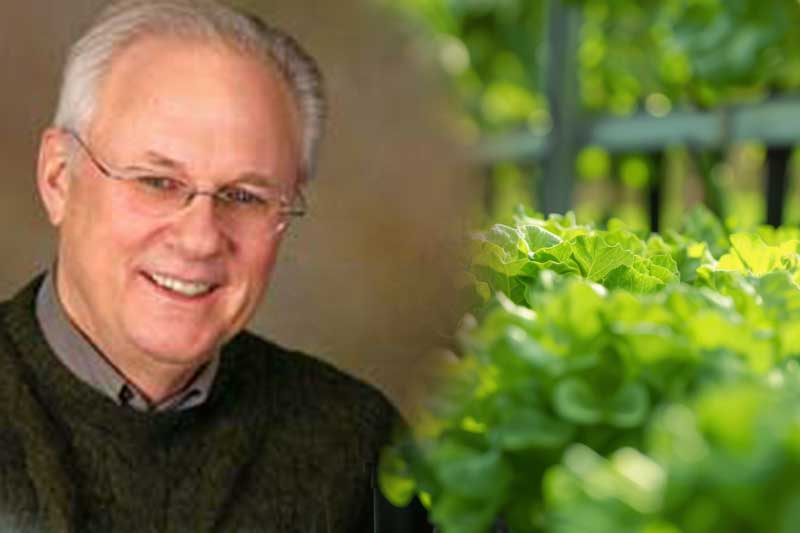 Today’s agriculture industry now allows growers to completely remove the great outdoors from the equation. However, controlled environment agriculture (CEA) offers different challenges from conventional agriculture.
Today’s agriculture industry now allows growers to completely remove the great outdoors from the equation. However, controlled environment agriculture (CEA) offers different challenges from conventional agriculture.
“In CEA, you have to curate the indoor environment, which you don’t have to do outdoors,” said Walter Stark, president, Walter Stark Consulting. “You’re trying to duplicate whatever nature is doing to an outdoor crop for a successful outcome.”
This means choosing the best conditions for outdoor crops and recreating those conditions to be controlled 100 percent of the time. It also includes giving the crop a little bit of stress, just like those plants would experience in an outdoor environment. Lighting, irrigation, and nutrients can all be measured by cultivators based on uniform distribution throughout the plants.
“Cultivators can really dial in the climate for what they want to achieve,” added Stark, who is an ASABE member, engineer and CEA specialist. “Part of the climate conditions includes air velocity and vapor pressure.”
Vapor pressure is critical for plants, as it’s the force that draws water through a plant. Air flow is necessary to get vapor pressure, and air flow involves velocity. Unlike lighting, irrigation, and nutrients, a deficit in vapor pressure is invisible. The only way to tell if plants don’t have enough vapor pressure is by the resulting plants not being uniform.
Many CEA systems use canopy ventilation to maintain air flow to plants. Stark said that climate is the last frontier in making CEA facilities operate to a very high degree of quality. The cultivator can decide how much vapor pressure difference is on the plants using the HVACD system (the D is stands for dehumidifaction), but some trial and error may be involved.
“There are three evolutionary phases for CEA,” Stark said. “In phase one, we used nothing—no fans. That failed. Crops weren’t uniform and it was problematic for growers. The phase we’re currently in is moving air within the plant canopy. Cultivators are installing fans and ductwork with holes to distribute air and keep it moving. The final phase is air from the HVACD unit being delivered directly to the canopy, which no one is currently doing, but that’s the way we need to go—as quickly as possible.”
Stark notes that once cultivators reach the final phase, it will result in a giant leap forward in product quality.